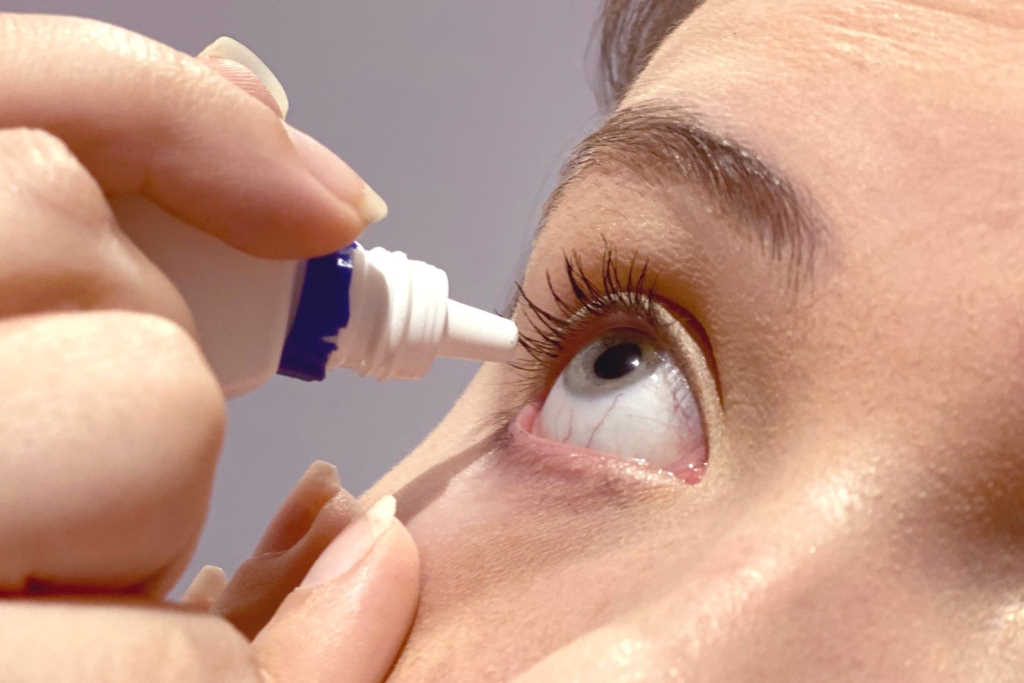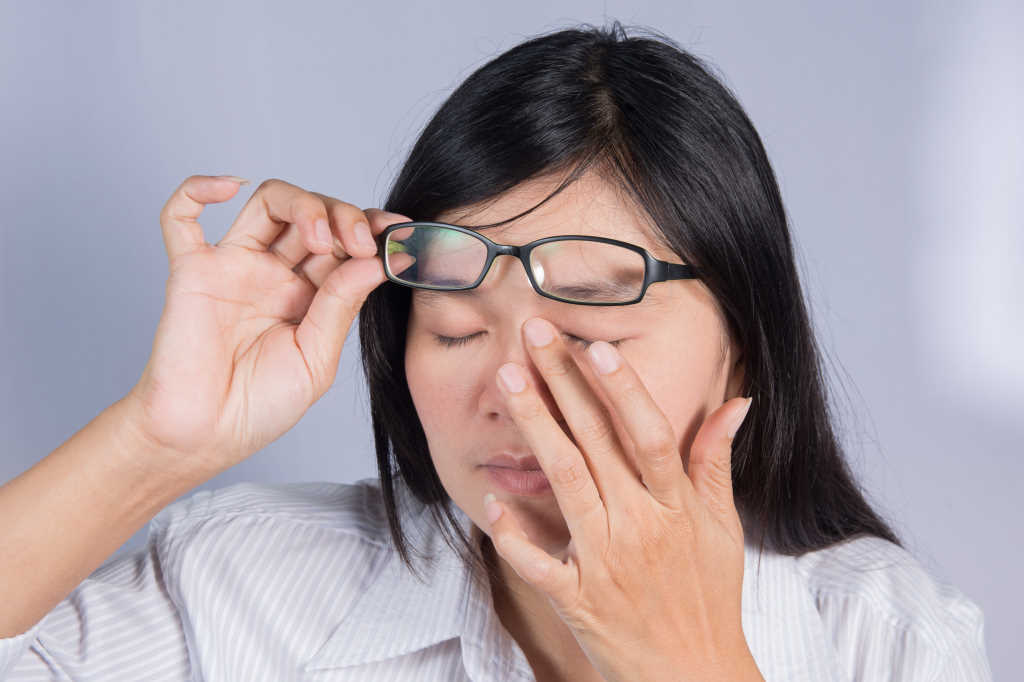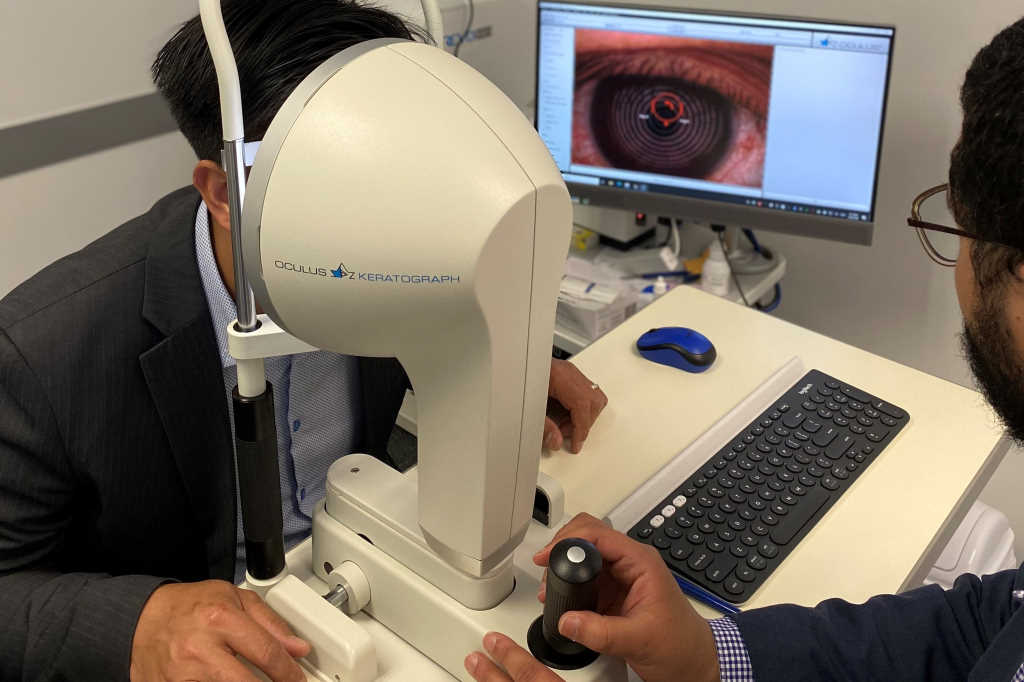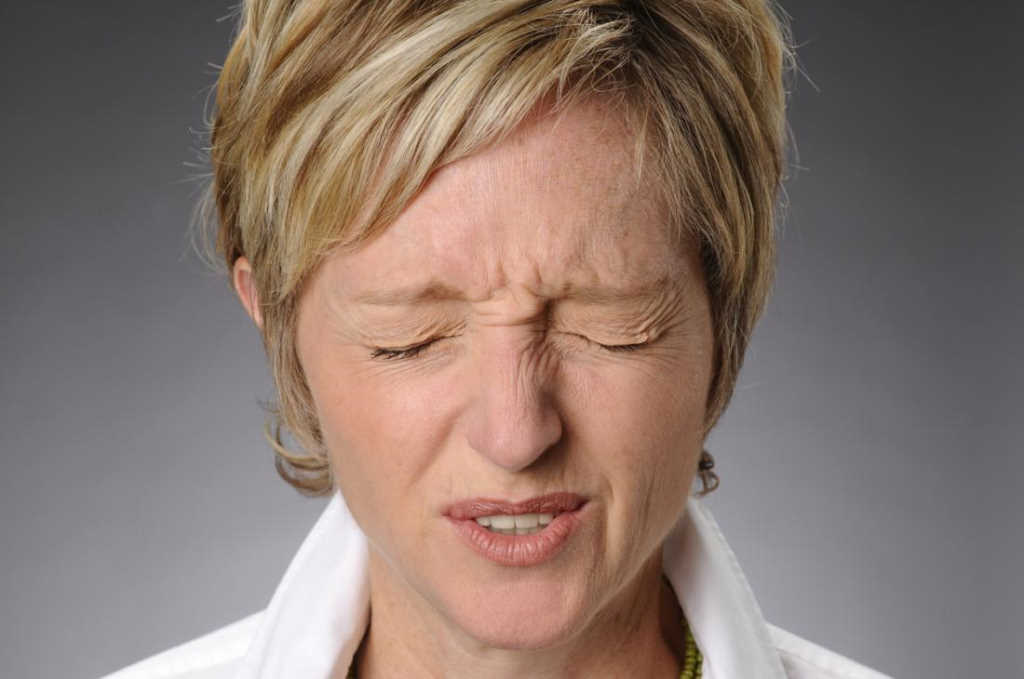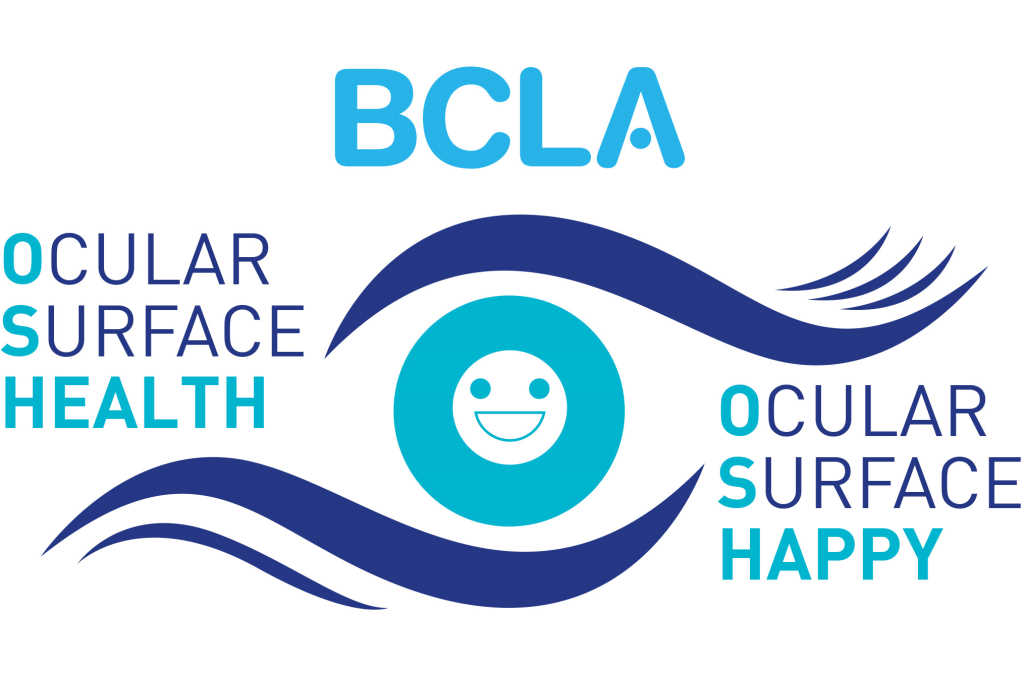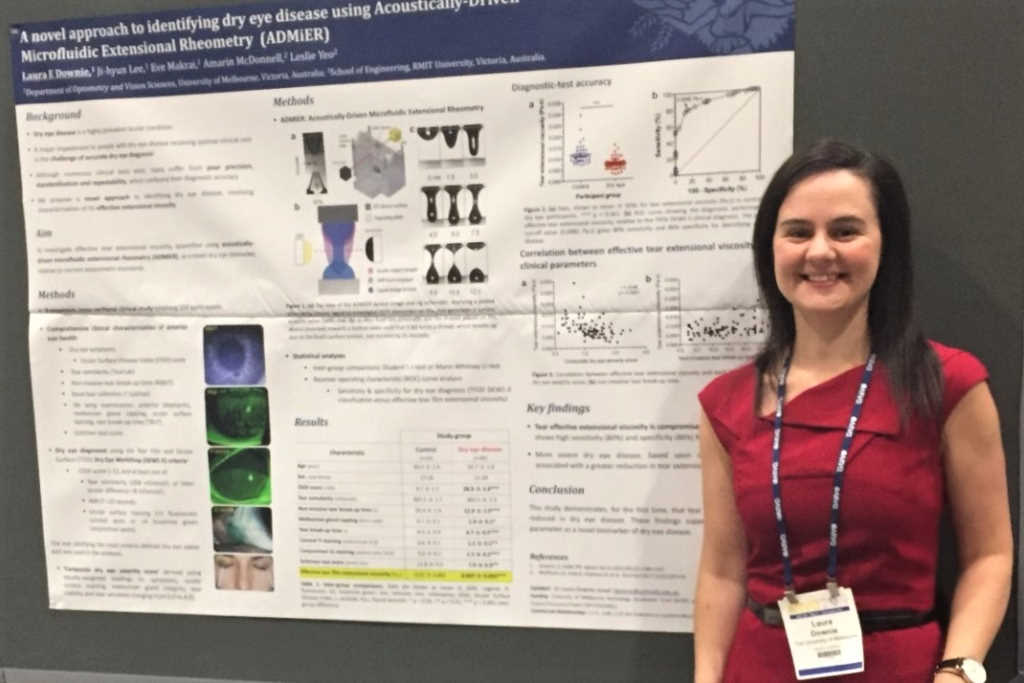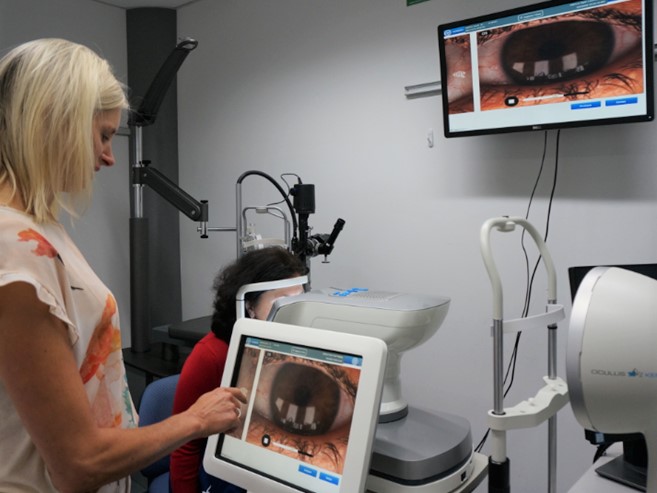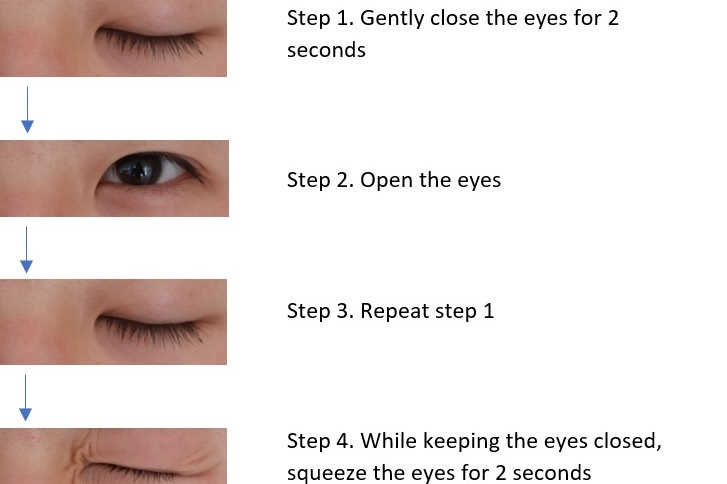Preventing dry eye symptoms before they begin
The modern workplace serves as a catalyst for dry eye disease (DED) and ocular discomfort for many. Air conditioning, central heating and extended digital screen use promote accelerated tear film evaporation and instability. Previous Ocular Surface Laboratory (OSL) research has demonstrated prophylactic benefits from certain artificial tear supplements, when applied prior to exposure to an adverse environment¹.
With investigator-initiated research funding awarded by Alcon Laboratories (Australia) to A/Prof Jennifer Craig and Dr Alex Müntz, the prophylactic potential of two Systane products: a new generation lipid-based eye drop, Systane Complete; and an established, non-lipid-based eye drop, Systane Ultra, was explored. The prospective, double-masked, contralateral, randomised crossover trial, which has recently been published in the Ocular Surface journal², involved 28 participants. The lipid-based formulation was randomly allocated to either the right or left eye and the non-lipid-based drop to the contralateral eye. Clinical measures were evaluated in accordance with current consensus diagnostic criteria for dry eye disease3. Outcomes were compared between baseline, 10 minutes post-instillation and, again, 10 minutes post-exposure to a validated simulated adverse environment that was created by a standing fan at a distance of 1m for a period of 2.5 minutes¹. At a subsequent study visit, the eye drop allocation was switched to the opposite eye and the process repeated.
Following adverse environment exposure, participants reported enhanced subjective comfort with both formulations. Results indicated that while both eye drops were able to offer some level of protection, the lipid-based formulation was associated with reduced symptoms, improved tear film stability and better lipid layer quality (all p<0.05). This suggests that the novel lipid nanoemulsion might therefore help protect the ocular surface during everyday adverse environment exposure. Patients may benefit from the application of eye drops, prophylactically, prior to exposure to reduced ambient humidity or wind and/or screen-based activities that compromise blink quality4.
Longer-term studies will allow the magnitude and time course of the benefits that can be achieved with prophylactic application of artificial tear supplements to be more fully understood. Until then, the results from this study may prove useful in developing clinical recommendations for the prophylactic use of artificial tear products for the management of dry eye disease.
References
1. Gokul A, Wang MT, Craig JP. Tear lipid supplement prophylaxis against dry eye in adverse environments. Contact Lens and Anterior Eye. 2018;41(1):97-100.
2. Müntz A, Marasini S, Wang MTM, Craig JP. Comparing the prophylactic action of lipid and non-lipid containing tear supplements in adverse environmental condition: a randomised crossover trial. Ocul Surf. 2020 (in press)
3. Wolffsohn JS, Arita R, Chalmers R, Djalilian A, Dogru M, Dumbleton K, et al. TFOS DEWS II diagnostic methodology report. Ocul Surf. 2017;15(3):539-74.
4. Wang MTM, Tien L, Han A, et al. Impact of blinking on ocular surface and tear film parameters. Ocul Surf 2018; 16: 424–429.
Dr Sanjay Marasini is a post-doctoral research fellow investigating light-based therapies for treating superficial corneal infections. Dr Alex Müntz is also a post-doctoral research fellow. Both are members of the Ocular Surface Laboratory based at the University of Auckland's Department of Ophthalmology.











